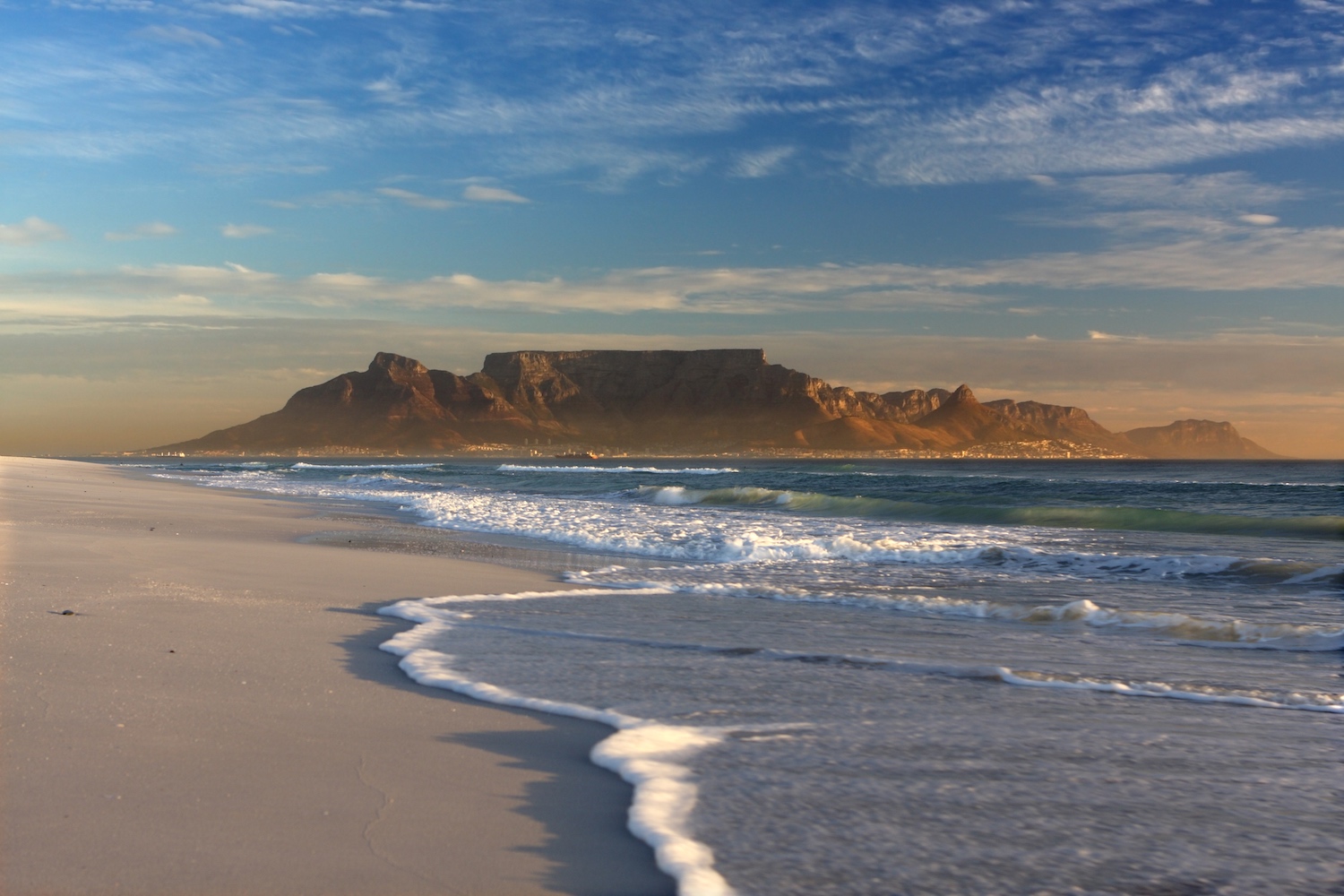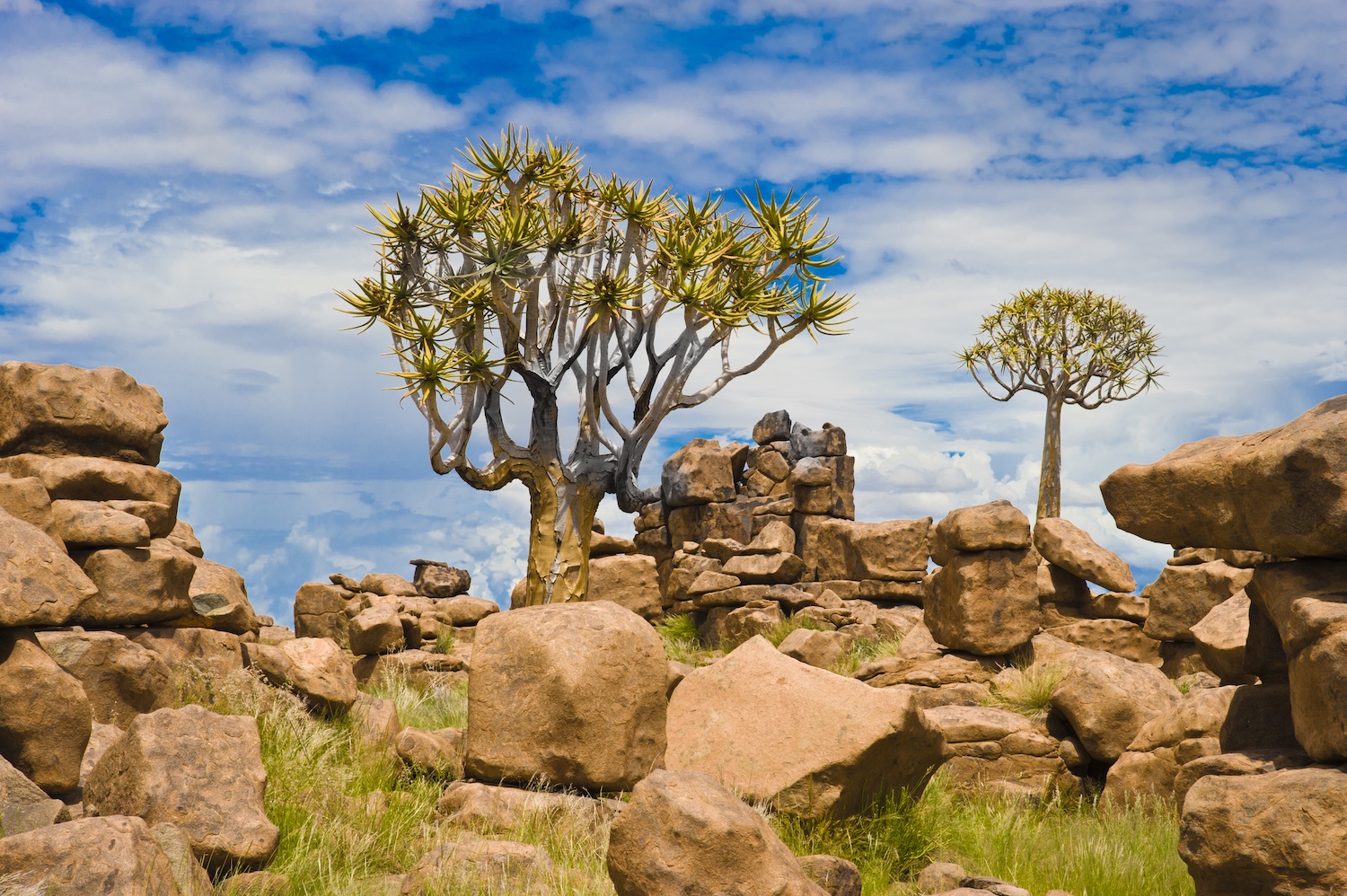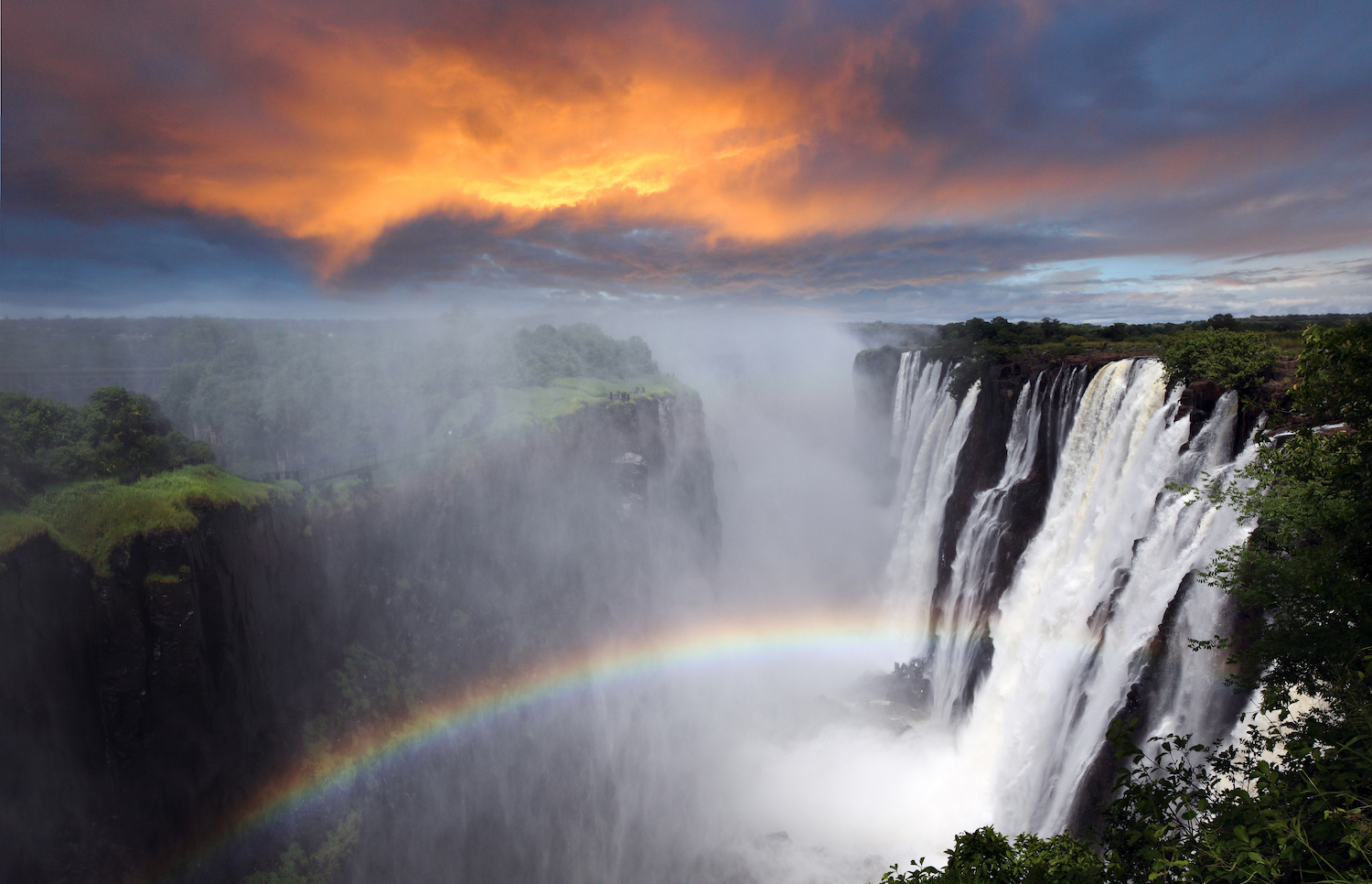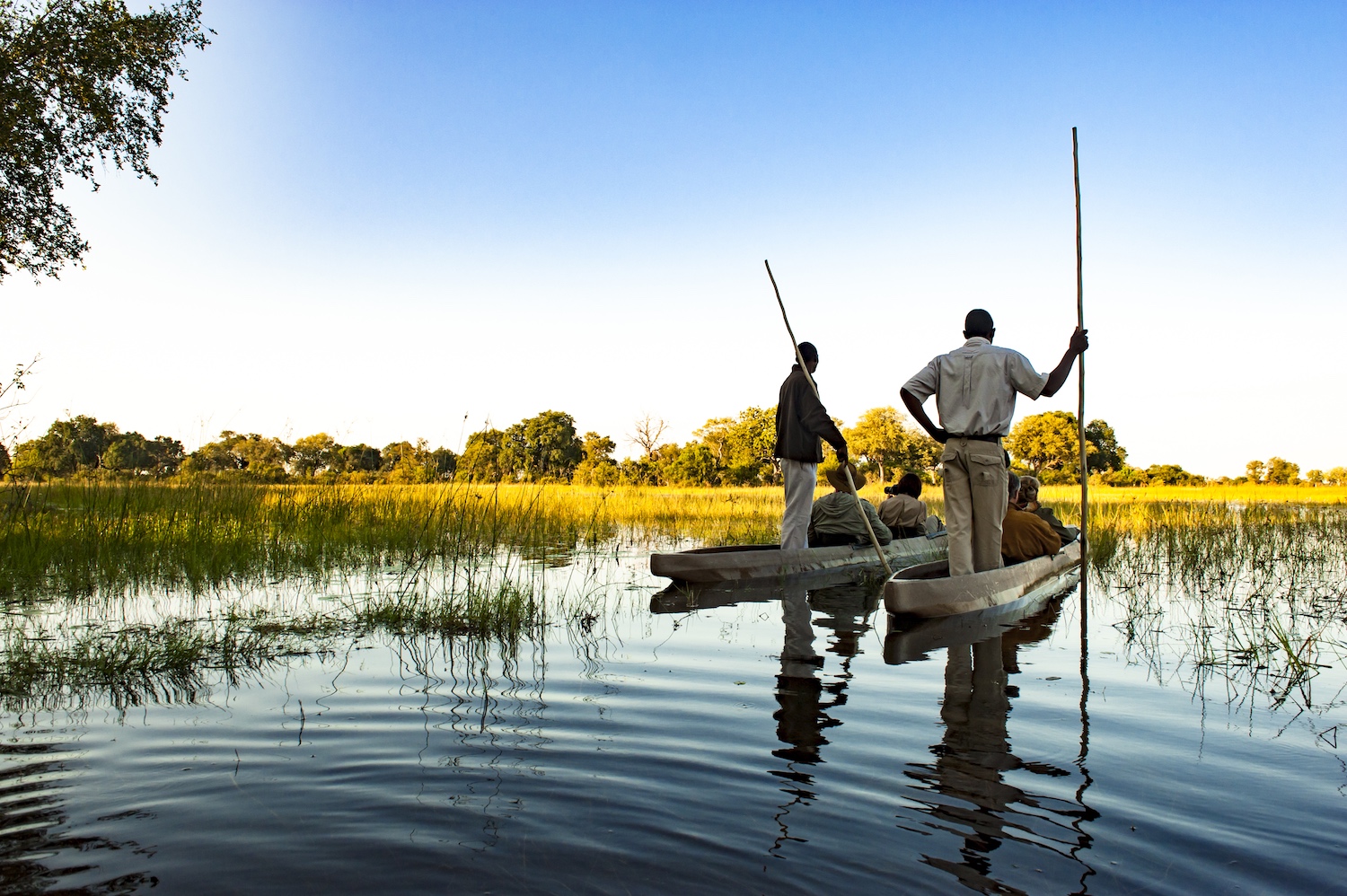HOW TO COMBINE DIFFERENT COUNTRIES ON SAFARI
If coming to Africa is on your bucket list but you’re likely to do it only once, it may seem like a good idea to see as much as possible in a single trip. Likewise, if you’re travelling for a major event (like the Cricket World Cup in 2027 that covers Namibia, South Africa and Zimbabwe), you might want to plan your journey to include safaris in all three countries.
We’re here to make that happen so read on to see what you need to consider for a multi-destination safari of a lifetime…

What’s covered in this guide
Explore the highlights of this post with ease by using the table of contents below to navigate to sections of interest.
Time vs Budget
There’s an old but true saying in the safari world that if you want to see a lot, you need either a lot of time or a lot of budget (ideally both but that’s not always reality – we know!). Distances are vast and getting to remote areas can be pricy (if you fly) or take a while (if you drive).
If you are planning a safari in the future, start squirrelling away both funds and PTO or annual leave so that you have options and are less constrained by the time and budget you have available.

The more time you are able to be on safari, the higher your chance of great sightings.
Travel Time vs Safari Time
A safari can be one of the most relaxing vacations you’ll ever take – there’s a reason so many of our clients return year after year. If we plan an all-inclusive holiday for you, the only decision you need to make once you’ve left home is what you’d like to drink for sundowners. Everything else is taken care of for you.
If you want to visit many different places, bear in mind that much of your vacation will be spent travelling and repacking your bag. After the long-haul flight, moving places every two days will be tiring. Consider if you want to tick off as many places as possible or have a proper ‘bush break’.
What to Prioritise
While you are in the planning phase, think about your ‘non-negotiables’ then work around those. Popular bucket-list items include:
- Seeing the Big 5 (elephant, rhino, lion, leopard and buffalo)
- Going gorilla trekking
- Exploring the Victoria Falls
- Visiting the Serengeti
- Climbing Table Mountain in Cape Town
Once you know more or less what you’d like to see and do, it makes creating the rest of your itinerary much easier.
Plan in Advance
If you are coming for a major regional event like the 2027 Cricket World Cup, it will pay to arrange your safari well in advance. This is because accommodation is very limited: unlike cities, national parks and private reserves are not serviced by large hotels (except for Pilanesberg National Park in South Africa that is adjacent to Sun City, a resort complex with several very big hotels). Aim to start planning at least 18 months but ideally two years ahead of time.
This is especially true if your event coincides with a major seasonal change: for example, the CWC is scheduled over October and November. October is considered the height of peak safari season as the bush vegetation is at its thinnest and animals don’t stray far from the few remaining sources of water, making them much easier to find and see.

Namibia has some of the most unusual landscapes and habitats in Southern Africa.
Top Considerations for Multi-destination Safaris
- Visas
Check if your nationality requires visas for the countries you want to visit. If so, be sure to allocate some of your budget to securing them. Visa requirements change periodically so check government or state websites regularly.
Remember, the more borders you cross, the more visas you may have to buy.
- Passports
Ensure that your passport is not near expiry and has the required number of blank pages for any immigration stamps. Different countries have different requirements (for example, some will not accept a passport with fewer than two blank pages or that is expiring in the next six months).
- Minor children’s documentation
If you are travelling with under-18s, be sure you understand their entry requirements especially if you co-parent or share custody. South Africa, for example, may require certified copies of birth certificates as well as letters from the non-travelling parent granting the child permission to travel.
- Vaccinations
Certain countries have mandatory vaccinations for diseases like yellow fever. These are compulsory for entry.
- A logical route
Let us help you plan a sensible route that cuts out having to retrace your steps or be in and out of multiple airports. Safari travel relies on a complex network of light aircraft and airstrips, and not all carriers fly every day. Aircraft are also small so take limited passengers. Since we do this all the time, let us handle the complicated logistics – it’s simply not as easy as booking a flight and lodge online.
- Overnighting in big cities
Connected to deciding on an efficient route is working out how much time you will be spending in city hotels. If you are in Africa for a convention or a sports tournament, this is less of an issue as the meeting or matches will be around bigger cities like Windhoek in Namibia, and Cape Town, Johannesburg and Durban in South Africa. But getting from those to safari areas will take careful planning.
- Luggage restrictions
Light aircraft have strict baggage weight and size limits – operators don’t accept more than 15kg / 33lb per person for the hold, in a soft-sided bag only. If you are bringing equipment or intend to shop for lots of souvenirs or goods, consider paying to have them shipped directly home as it’s unlikely you will be able to take them on safari with you.

The Victoria Falls are easily reachable from South Africa, Namibia and Botswana.
What to Bring for a Multi-country Safari
Over the decades, we have found the following items to be extremely useful:
- e-Sim
This is a prepaid option that will allow you to use your cellular phone and mobile data without roaming charges. Not all lodges and camps have high-speed Wi-Fi.
- US dollars
On a multi-destination safari, you could be working with several currencies such as Namibian dollars, Zimbabwean dollars and South African rands. US dollars are widely accepted for tips at safari camps and lodges, saving you from having to buy local currency and pay commissions.
- Traveller Card
This is a prepaid foreign currency card that allows you to purchase items without worrying about fluctuating exchange rates, extra fees or bank clearance.
- Neutral clothes
As far as you can, bring browns, khakis, greys and greens as these are the colours of the bush. Avoid blacks, whites and bright colours. Africa can also be cold so check the weather and don’t overlook jackets, beanies and scarves.
Popular Options: Southern Africa
It can be overwhelming and exciting to plan a safari across several countries as there are so many options. Using Johannesburg in South Africa as the regional hub, here are some of our tried-and-tested favourites in Southern Africa:
- Kruger – Cape Town – Victoria Falls
Landing in Johannesburg, South Africa, you head to the world’s best Big 5 territory around the Kruger National Park. Then a short-haul flight wings you to the mountains, beaches and Winelands of Cape Town. Then another short flight takes you to the mighty Victoria Falls in Zimbabwe before you fly back to Joburg to return home.
- Madikwe – Okavango Delta – Chobe – Vic Falls
Again, time at Madikwe Game Reserve is followed by a stint in the beautiful Okavango Delta of Botswana before a short border crossing to see the Falls.
- Namibia – Botswana
A new flight between Windhoek (the capital of Namibia) and Maun (the safari capital of the Okavango Delta) lets you explore the stunning deserts and Etosha National Park and the waterways of the Delta.
- Hwange – Vic Falls – Chobe
Zimbabwe packs a huge punch when it comes to wildlife and Hwange is the flagship national park. From there, a short trip takes you to the Victoria Falls and Chobe National Park, a river wonderland and elephant stronghold in Botswana.

A mokoro ride through the Okavango Delta is a highlight of a Botswana safari.
Popular Options: East Africa
Here are some possibilities if you wish to visit East Africa, which comprises Kenya, Tanzania, Rwanda and Uganda. These areas are not as close as those in Southern Africa so flights will be longer. Arusha is the hub for the Northern Circuit in Tanzania and Nairobi for Kenya.
- Gorillas and safari
Whether you choose Uganda or Rwanda to see mountain gorillas, you can pair this wonderful experience with a safari in the Masai Mara or Serengeti, especially if want to see part of the Wildebeest Migration.
- Bush and beach
A classic combination as the coastlines of Tanzania and Kenya are strung with stunning tropical islands including Zanzibar.
We love helping first-timers on their first safari or even return guests branch out to discover more destinations. If you’re not sure where to start, let us answer your questions and guide so you not only get the best bang for your buck but also have a safari holiday to remember.
PHOTO CREDITS Scuplies, Holger Karius and Hel080808 – Dreamstime | Jock Safari Lodge | Zambezi River Lodge








